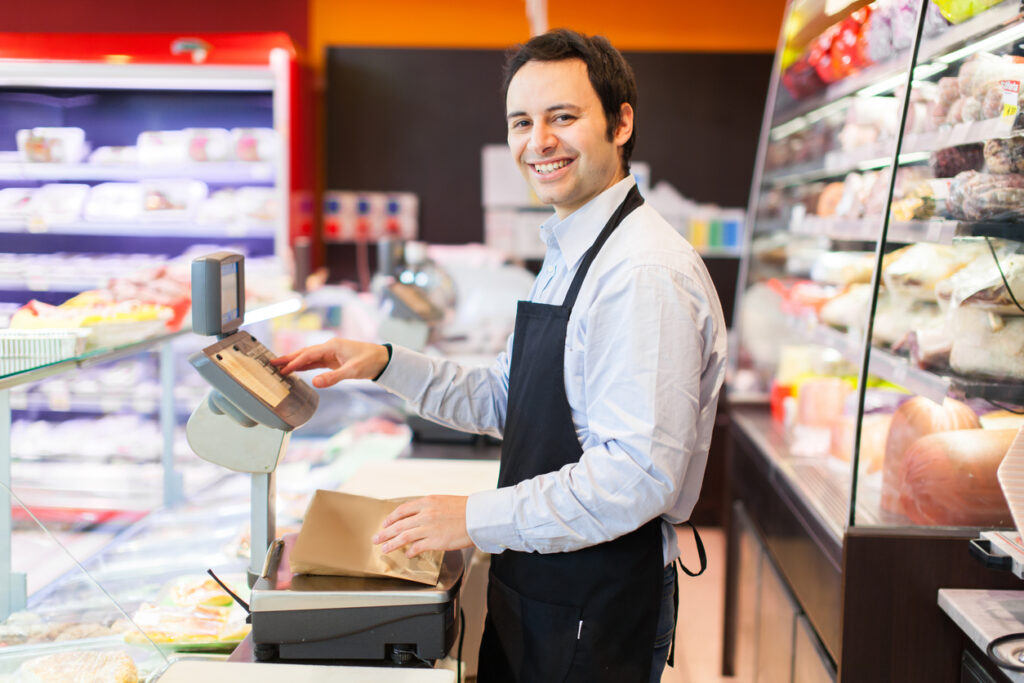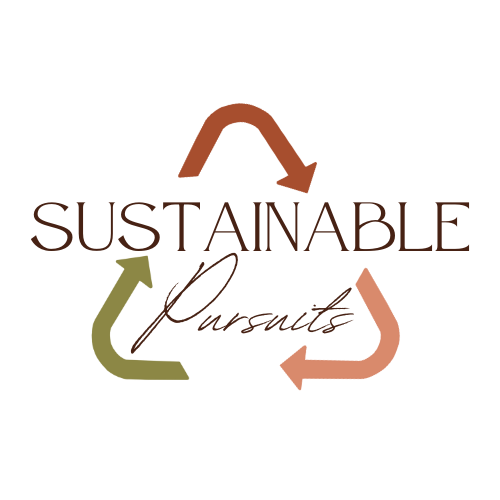What was life like before plastic? Now I just want to clarify, I’m not against plastic as a whole. Especially, the durable plastics that are meant to be used for a while. What I’m opposed to is the daunting amount of waste and pollution that comes from plastic, specifically single-use plastics. The production of plastic is predicted to triple by 2040 (less than 20 years from now) and at the current rates, 79% of that plastic ends up in landfills or as litter1.
We created plastics to help solve problems but now it’s causing new problems (epa.gov). This gets me wondering, how healthy is it for us to live in a disposable dependent society and what are the costs of that mentality?
That’s why it’s so important to have options when everything around us keeps pushing for disposable convenience. Don’t get me wrong, I appreciate convenience and I’m constantly trying to find time-savers. But I’d also like to have habits that are better for the planet and all those she supports. So it’s a question of finding a balance between those two priorities.
For me personally, part of that balance is going to be a mental shift in how I define convenience. The other part is trying to make better habits, but to do so I also need better options. That’s why we’re going to take a quick look at the past for some insights into what was life like before plastic and how to achieve this month’s challenge. Hopefully, we’ll be able to answer the question, “Can I have deli meat and cut down on plastic too?”
A Quick History Of Plastics
Plastics were invented in the 1800s but we didn’t start using them for packaging until the 1950s. The ’70s and ’80s were when plastic packaging really exploded into what it is today2. Plastic packaging for meat became very popular, not just for its convenience, but for helping to address food safety concerns. Plastic provides a good water and oxygen barrier, which keeps food lasting longer without spoiling. It is also lightweight and can be molded into different shapes. Hence why plastic is the prime choice for food packaging.3
In reality, our relationship with plastic is fairly new, which is ironic because most of us can’t even picture life without it. Going to the grocery store and picking up our plastic containers of food, then chucking them in the trash when we’re done. But guess what, we don’t have to imagine ‘life without single-use plastic’ because it’s still within living memory. I was very excited to find this article by Alan Rothman4, featuring a round table discussion with community members on what was life like before plastic dependency.
What was life like before plastic packaging for meat?
The key takeaway in Rothman’s article was that people used to get their meats in butcher paper. This is when the idea struck me, I’ve cut out deli meats because I haven’t been able to bring my container to the deli department at the store. However, instead of bringing in a container, maybe I could ask them to wrap the meats in butcher paper. The stores around here usually put the meat in little plastic baggies. If so, I can just put the meats in my reusable containers when I get home!
There’s…Just one problem with this plan. Turns out, that the butcher paper they use at the meat department has a type of coating on it. From what I can tell the coating is made from polyethylene5, which means it’s plastic. Although, it used to be a wax coating back in the day. I thought requesting to use butcher paper would be the solution to my deli meat problem but I guess not 🙁
Here’s why I still like the idea of using butcher paper

The optimistic side of me still likes the idea of getting meats in butcher paper at the store because of its plastic-free potential. When reading the article “Sustainable alternatives to synthetic plastic“, I realized we will likely have more bio-based packaging options in the near future. In fact, there’s already fully compostable deli paper available, so why not the butcher paper at the deli?
This is personal conjecture, but it seems like plastic-lined butcher paper has a much better chance of going bio-based than the plastic baggies and tubs that meats come in. Hence, if there’s demand to use a bio-based butcher paper (if it exists), the more likely stores will make the switch. If that happens, then there would be a plastic-free option for people who want deli meat but also want to cut down on non-biodegradable waste. This solution would actually look a lot like what life was like before plastic.
Options for plastic-free deli meats
So what can we deli shoppers do in the meantime?… I’m not sure. Honestly, as much as I like the option of using butcher paper, I don’t know how the current plastic coating compares to the plastics of the regular deli packaging. So I can’t say with any certainty which one is the more eco-friendly option, at least not until I find more research on the topic. I’m also not completely sure whether there is a plastic-free butcher paper already on the market or not and I just couldn’t find any from my searches.
Looking into this, I realize there’s still a lot more I need to learn about plastics and food packaging. From what I can surmise, there is potential for better options in the future but at present the best plastic-free habits revolve around using non-deli meat/protein alternatives.
What do you think?
This is the type of topic that would be nice to have a plastic-free think-tank to discuss ideas, problems, and solutions. Write in the comments if being part of a think-tank, or plastic-free discussion group, is something you would be interested in. Also, I’ve been assuming that all deli’s put the meats in plastic baggies, so please let me know if your deli automatically uses butcher paper for wrapping or if you have to request it.
- Report (2021). Drowning in Plastics – Marine Litter and Plastic Waste Vital Graphics. UN Environment Programme. https://www.unep.org/resources/report/drowning-plastics-marine-litter-and-plastic-waste-vital-graphics
- Hook, P., Heimlich, J., Bond, C. (2017). A History of Packaging. Ohio State University Extension. https://ohioline.osu.edu/factsheet/cdfs-133
- Teixeira-Costa, B.E.; Andrade, C.T. Natural Polymers Used in Edible Food Packaging—History, Function andApplication Trends as a Sustainable Alternative to Synthetic Plastic. Polysaccharides 2022, 3, 32-58. https://doi.org/10.3390/polysaccharides3010002
- Rothman, A. (2019). Before Plastic: A Trip Down Memory Lane. The Gardiner Gazette, Vol 44. https://gardinergazette.com/article/before-plastic-a-trip-down-memory-lane/#:~:text=The%20meats%20were%20wrapped%20in,There%20were%20no%20bags%20used.
- Jones, M. (Jan 2014) Wax Coated Butcher Paper is a Thing of the Past. Oren International. https://www.oren-intl.com/blog/bid/330911/Wax-Coated-Butcher-Paper-is-a-Thing-of-The-Past#:~:text=Did%20you%20know%20that%20wax,a%20thing%20of%20the%20past%3F&text=Before%20advanced%20coating%20products%20were,with%20wax%2C%20but%20with%20polyethylene.

